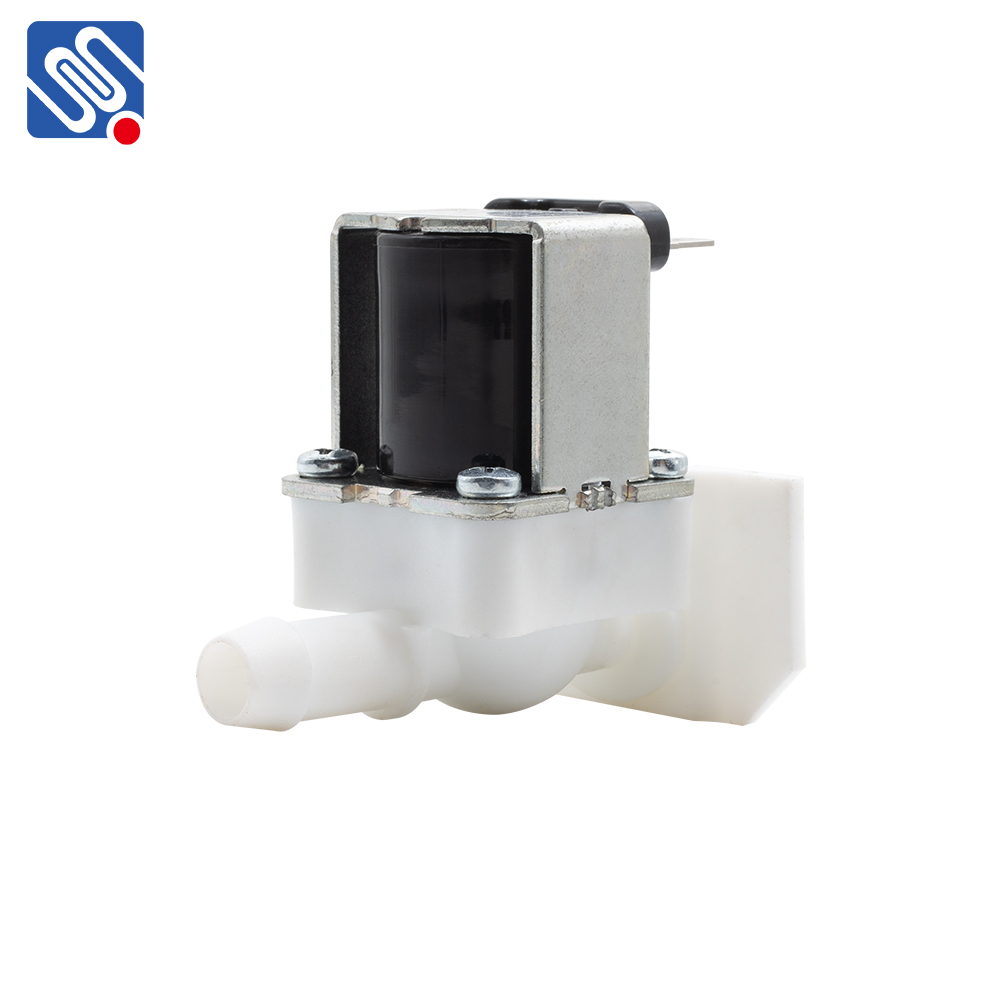A Low Flow Solenoid Valve is a specialized device designed to regulate and control the flow of fluids or gases in systems where the flow rate is small. These valves are essential in applications requiring high precision and reliability, such as laboratory instruments, medical devices, and small-scale fluid control systems. Unlike standard solenoid valves that are designed for larger flow rates, low flow solenoid valves are finely tuned to work efficiently at lower flow volumes, offering users more accurate control over fluid movement. In this article, we will explore the working principle, design characteristics, applications, and advantages of low flow solenoid valves.

Working Principle The basic function of a solenoid valve is to control the flow of fluid by using an electromagnetic mechanism. A low flow solenoid valve works in a similar manner to other solenoid valves but is specifically designed to manage low flow rates. The valve contains a solenoid coil that, when energized, generates a magnetic field. This magnetic field moves the valve’s core or plunger, either opening or closing the valve to regulate fluid flow. When the current is turned off, the valve closes, stopping the fluid flow. The precise design of low flow solenoid valves allows for fine adjustments in the flow, providing highly accurate control over the system.